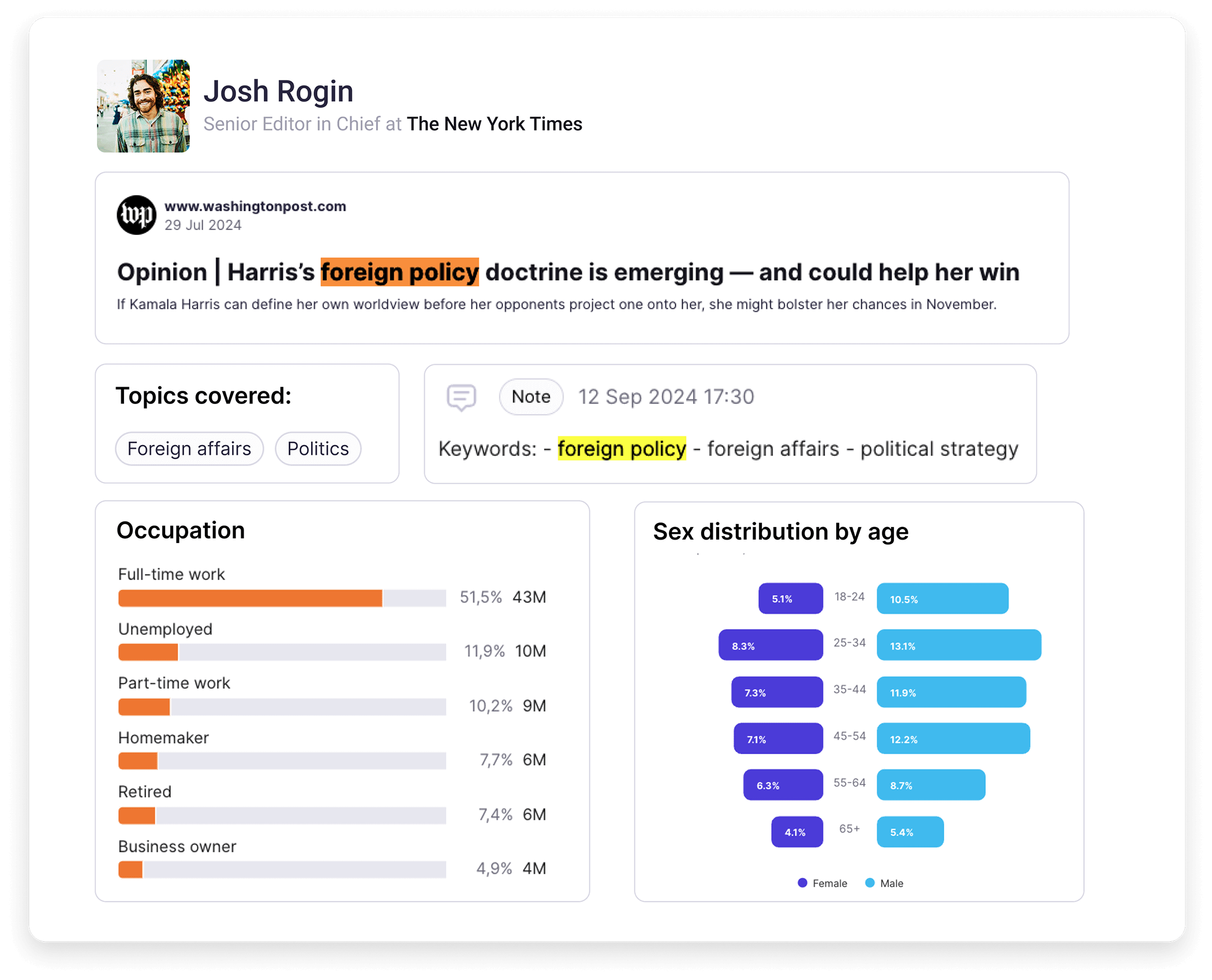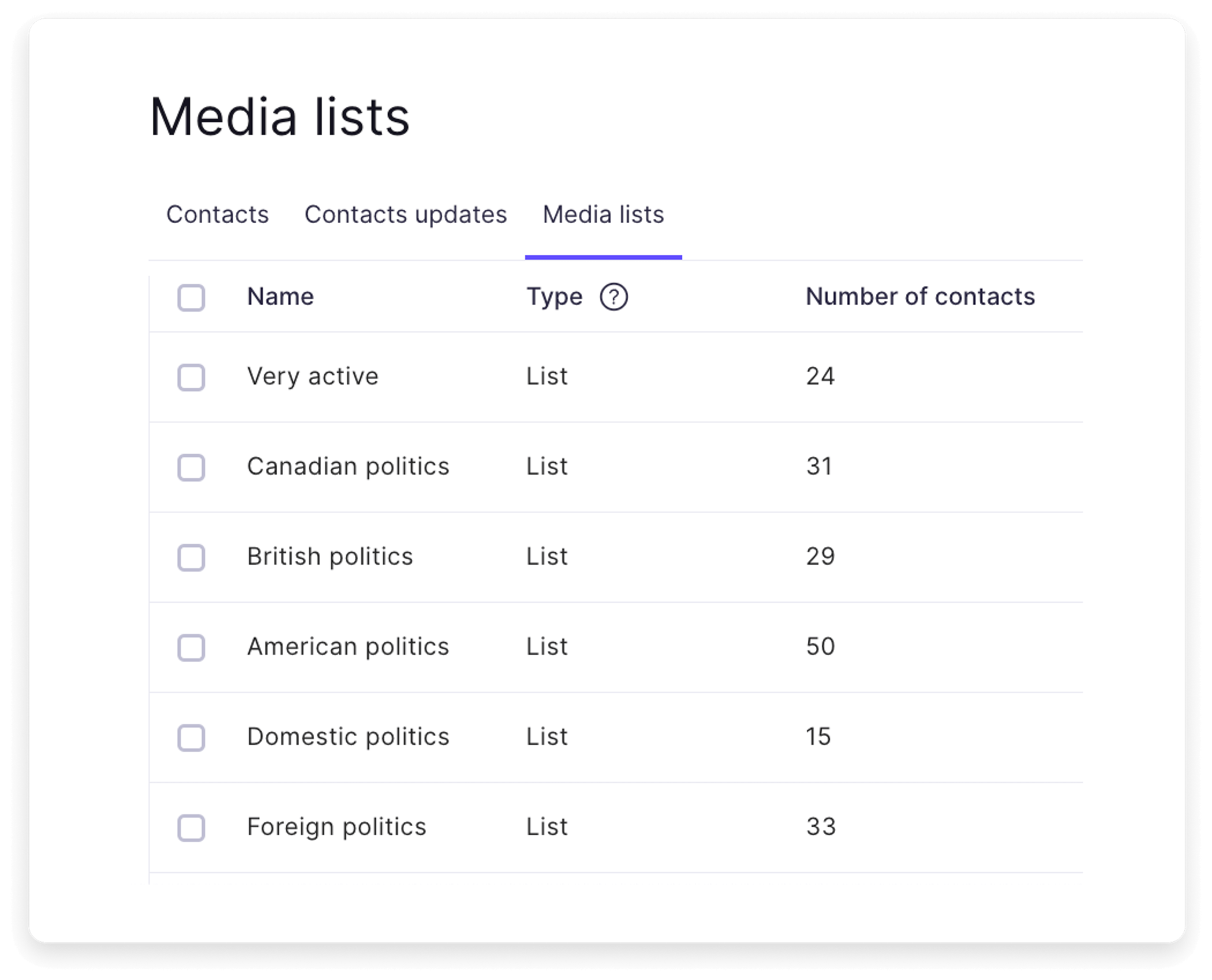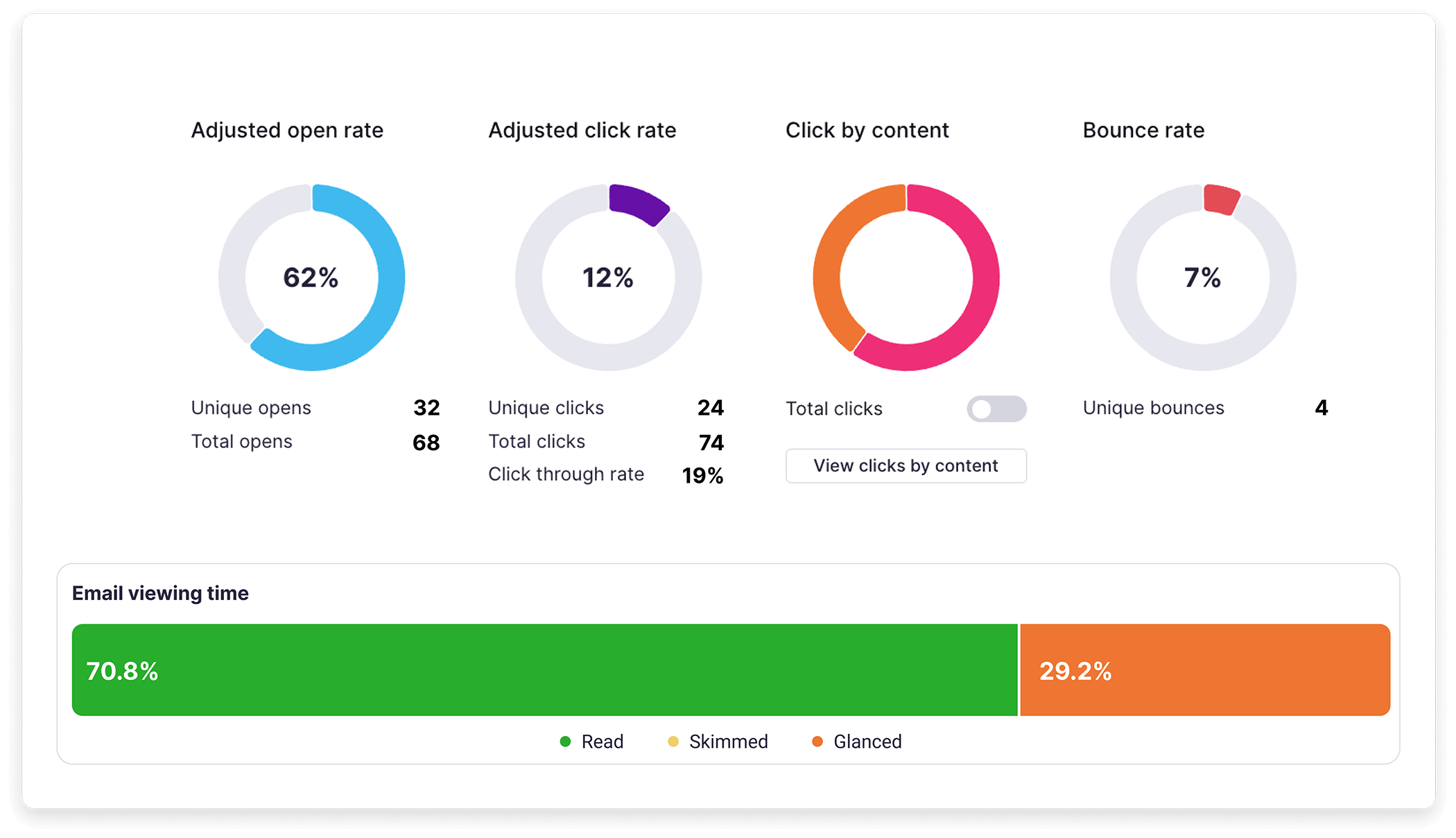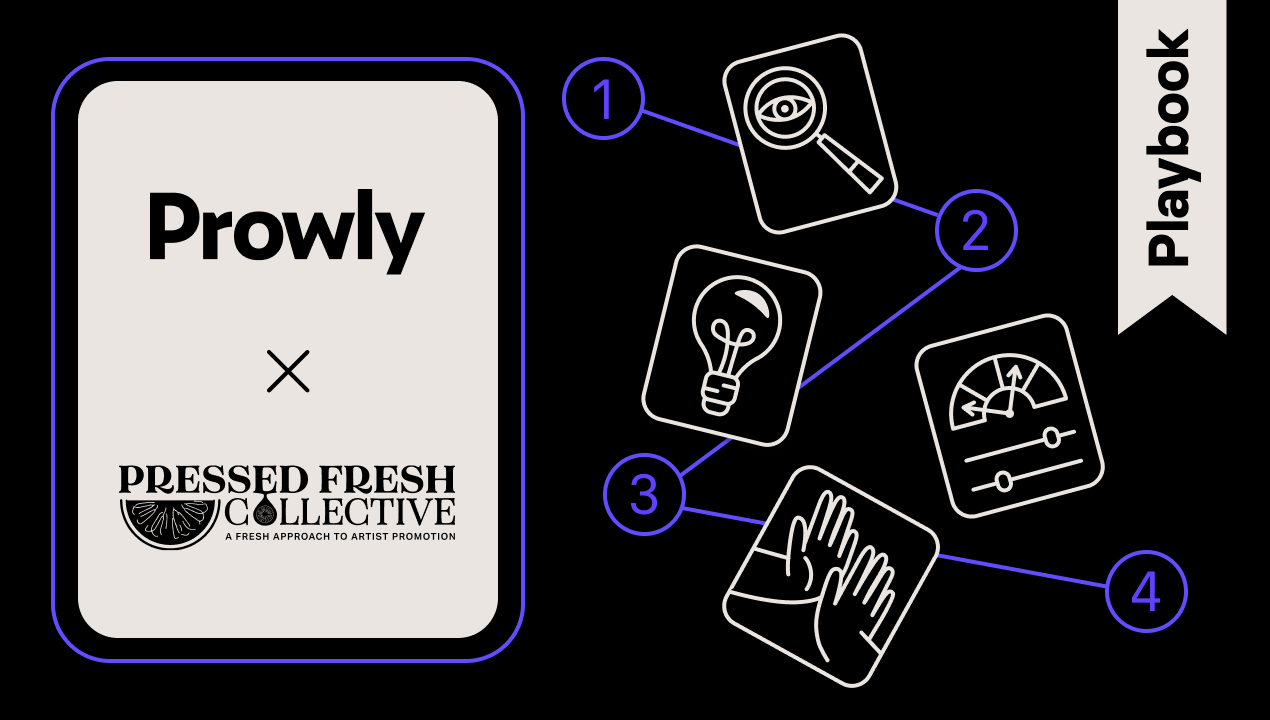This is a step-by-step guide with expert tips from Dawn Jones, Founder of Pressed Fresh Collective, on how to streamline and improve your email personalization process.
What you'll learn
- Efficiently prepare for personalized outreach to spark journalists’ interest
- Spend 50% less time on email personalization
- Use email analytics to your campaign’s advantage
Background
The world of traditional media is shrinking but PR needs are growing. Journalists’ inboxes are flooded with press releases and story ideas. There’s no room for weak pitches.
What can catch a journalist’s eye? Proving that you’ve done your research. You know their audience and you know their beats. What’s NOT going to boost your reply rates? Generic, mass-sent emails.
But there isn’t always time to research and personalize well. Here’s how Dawn Jones dealt with this issue.
Problem
Dawn Jones is the Founder of Pressed Fresh Collective, a PR and brand-building agency working to help independent artists succeed.
Before using Prowly’s personalization, their strategy was to remove the most valuable contacts from the mass send-out and email them separately.
“[Using the private inbox for personalization] added time to the workflow because there were certain editors or writers that we wanted to talk to specifically, but they couldn’t be part of the mass outreach,” says Dawn.
Figuring out the campaign while jumping between all the tools and tabs consumed time and effort that could have been spent on research.
As a result, there wasn’t enough time to be accurate and deliberate. Major coverage opportunities could be passing Dawn by. She wanted to find a way to build relationships better.
Solution
The answer: email personalization using an all-in-one PR platform. Dawn adopted an effective pitching workflow covered entirely by Prowly software:
- Find, research, and create notes on the most relevant journalists for my topic
- Create the default, cold email pitch and personalize only a few key sentences
- Analyze campaign data, find the most engaged recipients, and follow up
“You could say Prowly cuts the personalization time in half,” says Dawn.
Step 1. Research and preparation
Dawn’s first step to any good outreach campaign is browsing all the systematically gathered info about potential recipients. In Prowly’s Media Database, she can find:
- Journalist’s recent articles and online activity
- Exact topics covered
- Outlet’s demographic and audience data
| PRO TIP: These insights help you weed out irrelevant contacts, find fitting story angles, and spot important keywords and themes to use in your personalized emails. |

Dawn adds notes and tags to each contact card so she always has the information she needs at hand. Since she works with musicians, her tagging system is based on musical genres.
Her other trick is using Prowly’s CRM to check whether she has already connected with the chosen journalists in the past. This might be worth mentioning in a personalized message.
| PRO TIP: You can set a reminder for each note you make so that nothing slips your mind. |
Using the gathered info, she can sort and filter her existing contact base to create precise media lists, one per story angle, sector, or genre.
“When we're looking for publications or writers to add to a list for a client,” says Dawn, “it's really easy because we can just go in and click the genre tag and then scroll through those specific writers, figure out who would be the best fit.”

Step 2. Best practices for writing
Dawn begins by writing a default draft that’s structured as a cold email, relevant to all journalists in the contact list.
Her team always makes sure their emails maintain a distinct personality. But, when writer's block hits, they can overcome it using AI–either for email content, subject lines, or preview text.
| PRO TIP: Prowly’s PR-trained AI helps create drafts based on press release content or with a specific purpose, like expert comment suggestions or interview opportunities. |
Polishing the draft can take time, but Prowly’s AI can help you change some parts quickly–make sentences shorter or longer and switch the tone.
When the default email is finished, Dawn can choose her recipients list and start personalizing single emails.
“Sometimes we personalize the majority, sometimes just a few emails,” she says. “It really depends on the list and who we're pitching.”
To refresh their memory, in the “Personalize” step, Dawn and her team can review notes, contact details, history, and recent articles of each chosen journalist.
This makes it easy to personalize her Tier 1 emails fast. The personalization step used to be the most time-consuming; thanks to using an all-in-one platform, not anymore.
In Dawn’s opinion, pitching is a bit like small talk–you’re supposed to weave in timely and relevant topics that spark a conversation.
“Referring to any kind of previous content or just things that are happening in the world and in society is always super helpful. It's all about bringing humanity into it in whatever way you can.”
In some messages, she mentions the journalist’s recent social media activities; in others, she references the journalist’s article and adds a link.
It can be also helpful to infuse each personalization with insights about the outlet’s audience, showing that this particular story would be a real treat for them.
After all, journalists’ main focus is always on their readers.
“Using Prowly’s personalization not only sped up our workflow but helped us be a lot more intentional with our outreach.”
Step 3. Drawing conclusions
After each sendout, Dawn and her team check the campaign stats. They pay special attention to:
- Delivery rates, to make sure spam and other risk factors weren’t triggered
- Open rates, CTR, and viewing time, to see if the pitch has sparked an interest
- Most and least engaged recipients, to know who to re-engage
| PRO TIP: Journalists hate emails with a read receipt or marked as urgent. An automated tool collecting your email analytics will save you the trouble of asking for confirmations. |

Dawn has found analytics extremely helpful in adjusting her strategy:
- She noticed some contacts never show interest–so she should start searching for alternates.
- Her press release got a lot of clicks, which means the pitch is on the right track.
- Longer emails result in lower response rates, so her agency’s pitches should only be 5 to 10 sentences long.
- One journalist clicked 240 times, which means they might be very interested and may need a follow-up with additional information.
“The data is giving us a bird's eye view of everything going on in our emails to understand what's landing and what's not.”
Result
Since adopting a personalization workflow within a single tool, Pressed Fresh Collective’s success rate has increased. They now create all their send-outs with Prowly.
Dawn’s team save up to 50% of the time on personal outreach. They’ve become more intentional and accurate in their work. “It's all about relationships and being that personal contact that journalists can trust," says Dawn.
Most of the team’s time can now be spent cultivating connections with key media contacts that bloom into strong long-term relationships.

